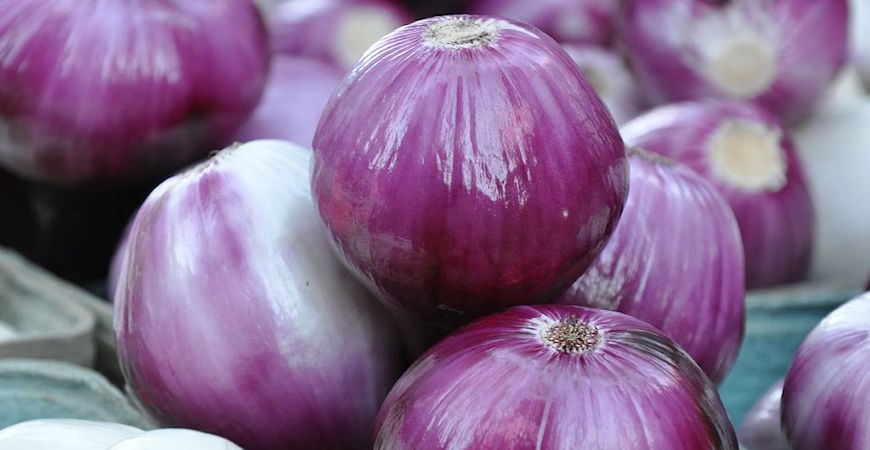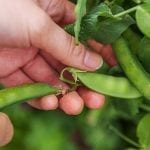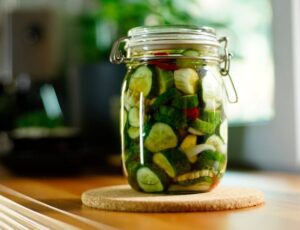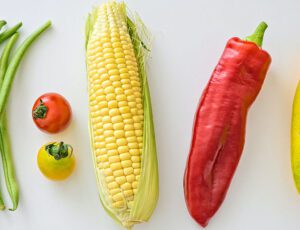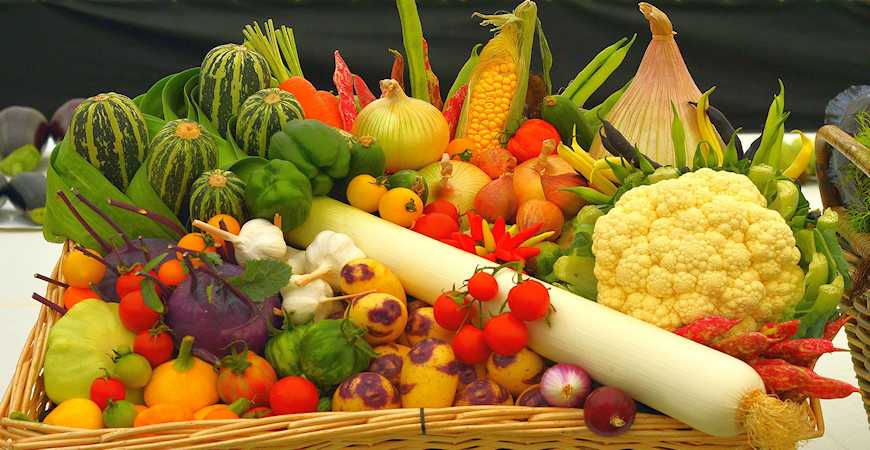
The Best Time to Plant your Vegetable Garden for an Optimum Harvest
There’s nothing like fresh veggies from your home garden to take your dinners to the next level. But just like so many things in life, timing is everything when you plant your vegetable garden.
This handy guide for 7 of the most popular veggies will help you plant your vegetable garden, so it is off to a healthy start at the right time. You will be able to savor a bountiful harvest this year!
When to Plant Tomatoes
Tomatoes are the number-one U.S. vegetable garden crop for a good reason: the tomatoes you buy at the supermarket are pale shadows of the burst of flavor you get from a fresh-from-the-garden tomato.
Whether you grow heirloom tomatoes or simple red-and-meaty varieties, homegrown tomatoes will take your burgers, BLTs, salads, and sauces to the stratosphere. Perfect to plant in your vegetable garden.
Tomatoes are warm-weather plants, so you plant them by transplanting seedlings into your garden when the weather is nice and warm. If you’re growing tomatoes from seed, follow these instructions and start your seeds indoors about 6 to 8 weeks before the last expected frost date for your area.
Whether you’ve grown your seedlings or bought them from the local garden center, Organic Gardening Magazine advises that transplanting the seedlings into individual pots and setting them outside for a few hours each day for a couple of weeks prior to transplanting them into your garden will harden them off and prepare them to form a hardier root system.
Don’t transplant tomato plants into your garden until all threat of frost has passed and temperatures stay above 55 degrees Fahrenheit. Transplant on a cloudy day to reduce the shock on the plants.
Click here for more detailed information about growing tomatoes, and click here for excellent ideas for preserving your bumper crop of delicious tomatoes.
When to Plant Cucumbers
Homegrown cucumbers are another excellent salad supercharger, and they also make delicious homemade pickles. Like tomatoes, cucumbers are a warm weather crop.
The Old Farmer’s Almanac recommends planting cucumbers no sooner than at least 2 weeks after the last frost date for your area. Cucumbers grow well in USDA Hardiness Zones 4 through 11, which covers most of the U.S.
Click here for more detailed information about growing cucumbers.
When to Plant Onions
Like tomatoes, the onions you buy at the grocery store are cultivars chosen mainly for how long they stay fresh and how well they travel—not for their flavor.
There are hundreds of onion varieties out there for gardeners to try, from sweet to spicy, and once you do, you’ll never want to return to the produce aisle for onions again!
There are 3 main methods for growing onions, and when you plant them depends on which method you use.
If you buy those immature onion bulbs called “onion sets” at your local gardening center, the best time to plant will be 2 to 4 weeks before your area’s last expected frost date.
If you grow onions from seed or buy seedlings, both of which mean that you will transplant seedlings into your garden, you will want to transplant after any threat of hard freezes has passed, but it’s ok to transplant up to a week or two before the last frost date because seedlings can handle a light frost.
Click here for more detailed information about planting onions.
When to Plant Broccoli
Broccoli fresh from your garden still packs the maximum amount of vitamins and minerals and hasn’t had a chance to sit around and start losing nutrition and flavor. Broccoli is easy to grow and grows well in full sun or partial shade.
If you’re growing broccoli from seeds, start your seeds indoors 7 to 9 weeks before the last expected frost date for your area. Make sure any seedlings you transplant into your garden—whether you grow them yourself or buy them from your local garden center—are ready for transplanting.
They should be about 6 inches tall and have 2 to 4 true leaves. Harden the seedlings off for a week before transplanting, and transplant the seedlings into your garden 2 to 3 weeks before the last frost date.
Click here for more detailed information about growing broccoli.
When to Plant Asparagus
Asparagus is a healthy, delicious vegetable that grows in your garden as a perennial bulb. It can take a little while to get your first harvest, but then your asparagus will keep popping up on its own year after year, supplying your table with up to 2 decades of deliciousness!
Asparagus is a cold-hardy early-season crop, so you can plant it as soon as it’s ok to start working your soil in the spring. The best way to plant asparagus is to buy year-old “asparagus crowns” at your local garden center. When you arrive home, transplant them into your garden.
Click here for more detailed information about planting asparagus.
When to Plant Potatoes
More and more gardeners are choosing to grow potatoes both because of the wide variety of flavorful and colorful cultivars available and because supermarket potatoes have one of the highest concentrations of insecticides and fungicides in the produce department.
Potatoes grow best in USDA Hardiness Zones 1 through 7 but can also be grown as a winter crop in warmer regions if you live in zones 1 through 7; plant potatoes 0 to 2 weeks after the last expected frost date in your area.
Click here for more detailed information about growing potatoes.
When to Plant Garlic
Garlic is a cold-weather crop that needs a dormant period during the winter. You need to plant garlic in the fall, allow it to sprout slightly, and lie dormant during the cold months. It will shoot up with spring’s arrival and be ready for a summer harvest.
Plant garlic bulbs right around the first frost date for your area. This is about 4 to 6 weeks before the first time the ground freezes. This will allow the garlic to sprout a tiny bit before the first freeze hits. Once the cold moves in, it will go into dormancy.
To find out when your first expected frost date is, click here and enter your ZIP code.
Garlic originated in Russia and is primarily a cold-weather crop; however, soft-neck varieties have been developed that will grow in warmer areas. If you live in an area with winter freezes, be sure to buy hard-neck garlic bulbs for your garden; if you live in an area with mild winters, buy soft-neck garlic.
Click here for more detailed information about growing garlic.
Interested in learning more about how to plant your vegetable garden? Click Here
Happy gardening!
Photos courtesy of Micolo J, Alice Henneman, Stacy, Joe Bielawa, AdaptaLux, Liz West, 16:9clue, and Katina Rogers.



